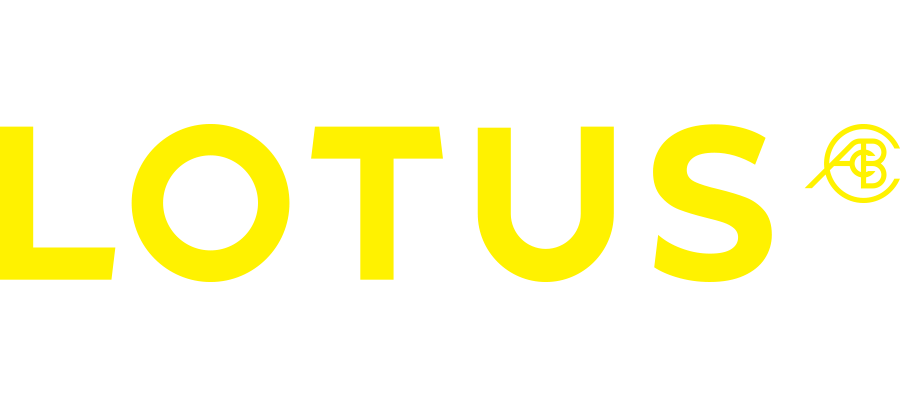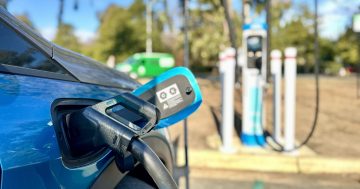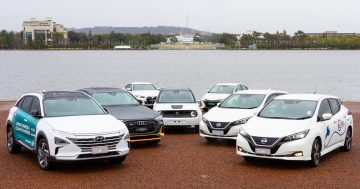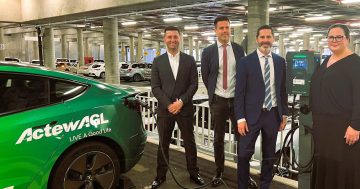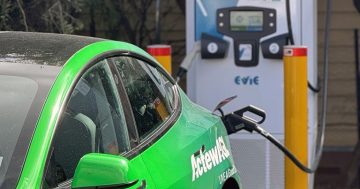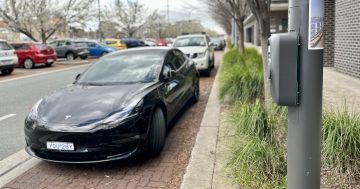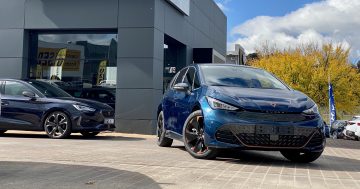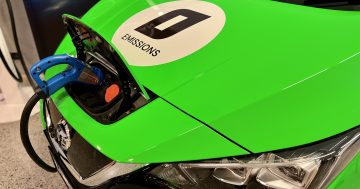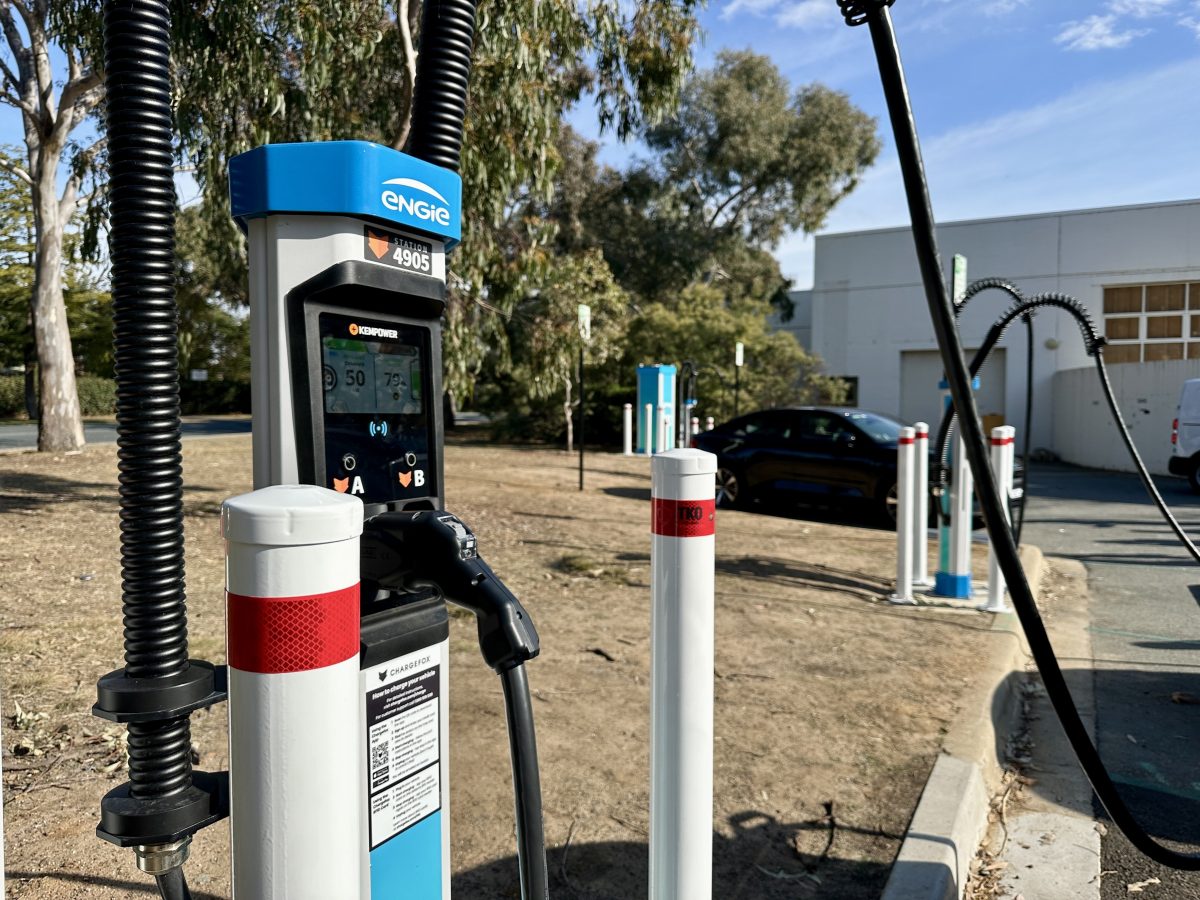
The new bank of six EV chargers opened in an ANU car park. Photo: James Coleman.
The Inner North received its first EV fast charger last week in what was described as a “funny reflection” on the ACT’s politics.
Minister for Water, Energy and Emissions Reduction Shane Rattenbury officially opened the new bank of six chargers in a small car park off Repertory Lane on the Australian National University (ANU) campus.
“It’s funny reflection when you think about the politics of the ACT,” he said.
“People are always saying the bloody Inner North always gets things. Well, actually, we’ve finally got a DC fast charger here in the Inner North and it is a great location.”
The ACT Government is on a mission to roll out 39 new EV chargers across the city by the end of the year and meet its target of 180 by 2025.
There are currently 156 public EV charging stations operating in the ACT, most in South Canberra (44), Civic (23) and North Canberra (21).
But $626,275 was split between ActewAGL, BP, ENGIE and Evie last week to install new chargers “in places they are needed most, near tourist hotspots, shopping centres and high-residential areas”.
Mr Rattenbury said there was a particular focus on high-density areas with lots of apartments and townhouses, focussing on “people who … have extra barriers to installing home chargers”.
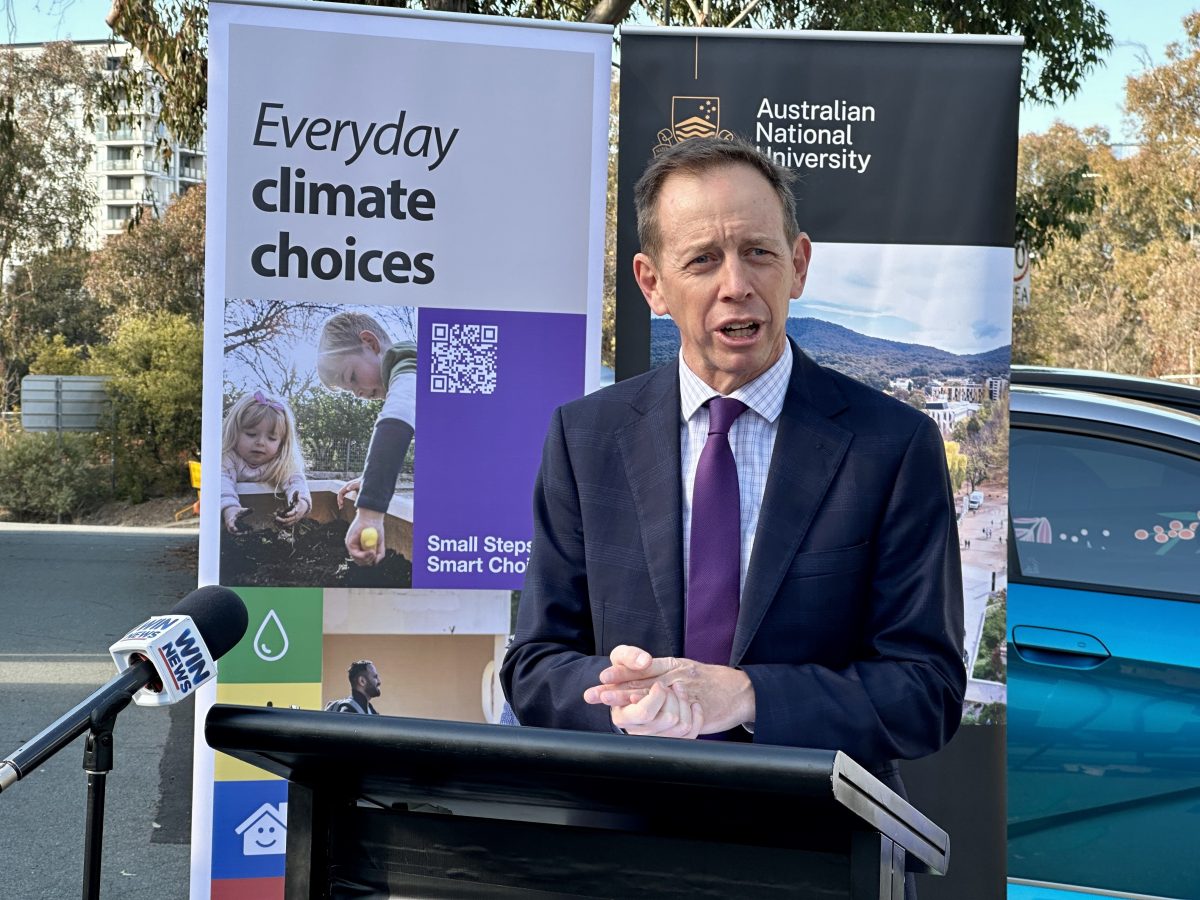
Shane Rattenbury said this year’s EV charger rollout focuses on apartment dwellers. Photo: James Coleman.
But there are a few conspicuous absences from the list of locations.
Three new chargers will go to Belconnen, four to North Canberra, eight to Civic, three to Weston Creek and Molonglo, 18 to South Canberra and three to Woden Valley.
But Gungahlin, Canberra East and Tuggeranong – where there are currently 15, 18 and 14 public chargers, respectively – miss out.
What’s going on? Do the “politics” that Mr Rattenbury referenced still hold true? Are there dark, forgotten sections of the ACT where the rays of taxpayer dollars rarely penetrate?
“Industry guidance” in the form of the Electric Vehicle Charging Outlook for the ACT report, produced by the ACT Government’s Environment, Planning and Sustainable Development Directorate and released in December 2021, sheds some light.
This estimated the ACT will need at least 580 to 1000 public chargers by 2030 when there are expected to be between 25,000 and 42,000 EVs on the roads.
As for where these need to be, there are quite a few metrics.
These include “annual EV ‘Vehicles Kilometres Travelled’ (VKT), energy consumption (kWh/100km) for available EV models, total annual EV average travel distances, annual EV energy use served by public charging, consumption of trips by origin and destination suburb, total kWh consumed by EVs (by suburb), anticipated charging preferences and behaviour based on destinations, and number and type of chargers required to best match the customer needs”.
Phew. Let’s break that down.
The report notes the increase in EVs is “not expected to be uniform across Canberra’s suburbs”, with some outpacing others in terms of total registrations.
By 2030, Kingston is expected to lead with more than 1120 EV registrations, followed closely by Braddon and Civic with 880 and 620, respectively. South Canberra, Woden Valley and Gungahlin will then account for the next largest chunk, 30 per cent.
However, these areas are not necessarily where public EV chargers are most needed.
“EV public charging need is expected to be highest in suburbs with a high proportion of homes without access to dedicated off-street parking,” the report reads.
In other words, apartment or townhouse dwellers who are unable to charge their EVs at home will need public chargers the most.
By 2030, Kingston is expected to have the highest proportion of “non-detached dwellings”, followed closely by Braddon and Belconnen. Towards the bottom of the top 30 list are the suburbs of Bonython, Kambah, Lyons, Forrest and Moncrieff.
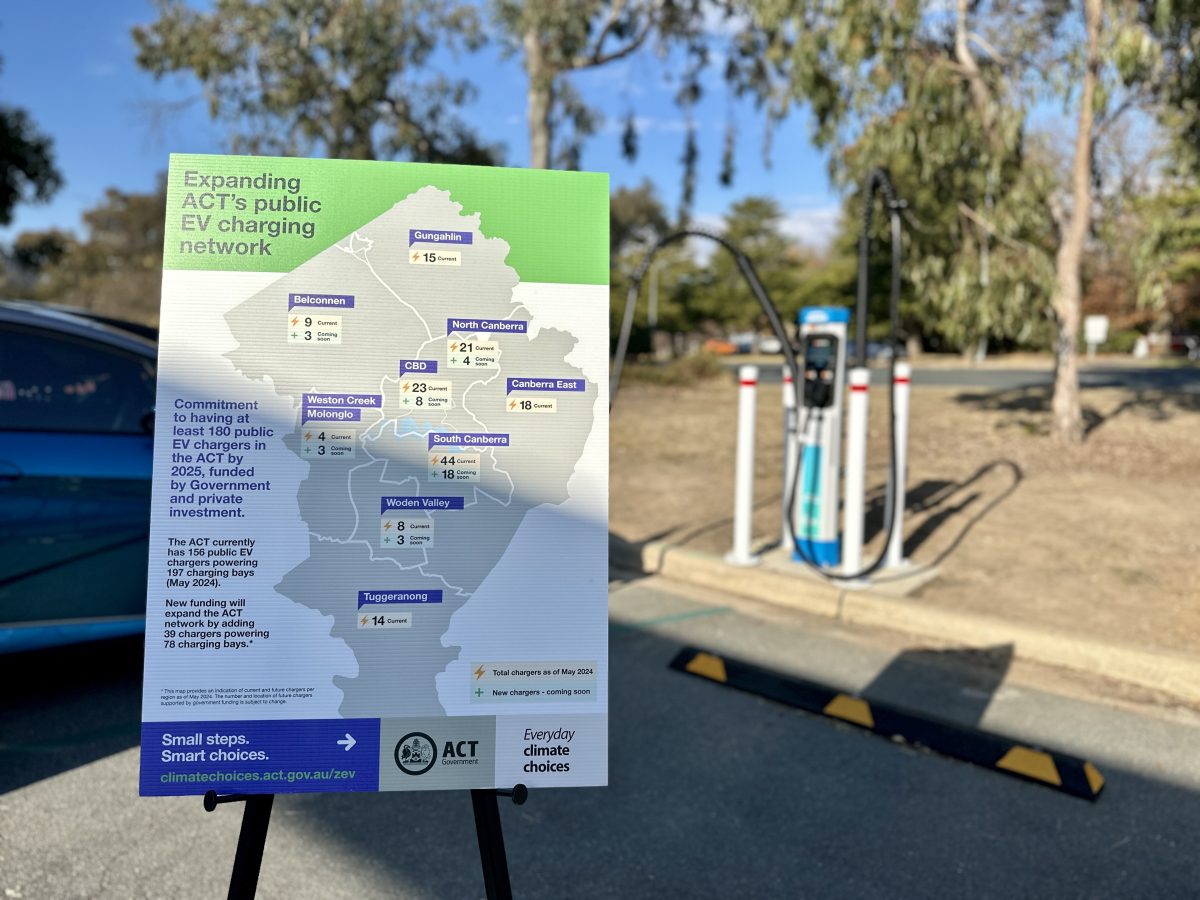
A few districts are left out by this year’s EV charger rollout. Photo: James Coleman.
Then trip distances and travel behaviour enter the equation – a combination of the places most EV owners will drive to and be needing a charge by the time they get there.
By this metric, Civic is expected to need the most new chargers by 2030 – more than 200 – “due to the large number of trip destinations in Civic, trip lengths of EVs and high-density living in the area”.
“Civic is expected to account for over 30 per cent of the EV public charging energy needs of the ACT in 2030, followed by Braddon, Belconnen, Phillip and Barton which, combined, will contribute to over 50 per cent of the EV energy use in the ACT in 2030.”
Towards the bottom of the list of top 25 suburbs with the highest EV energy need are Franklin, Kambah, Curtin, Deakin and Mawson.
But there’s another complication. There needs to be enough power in each suburb to support these chargers. For instance, Civic will need between 15,844,800 and 215,977,800 kWh of electricity by 2030 to support expected demand from EVs.
The report says Gungahlin and Belconnen both have “capacity shortfalls” that will require “investment to match EV driver demand for charging”.
Based on all this, the report outlined the “priority” 25 suburbs for public charging:
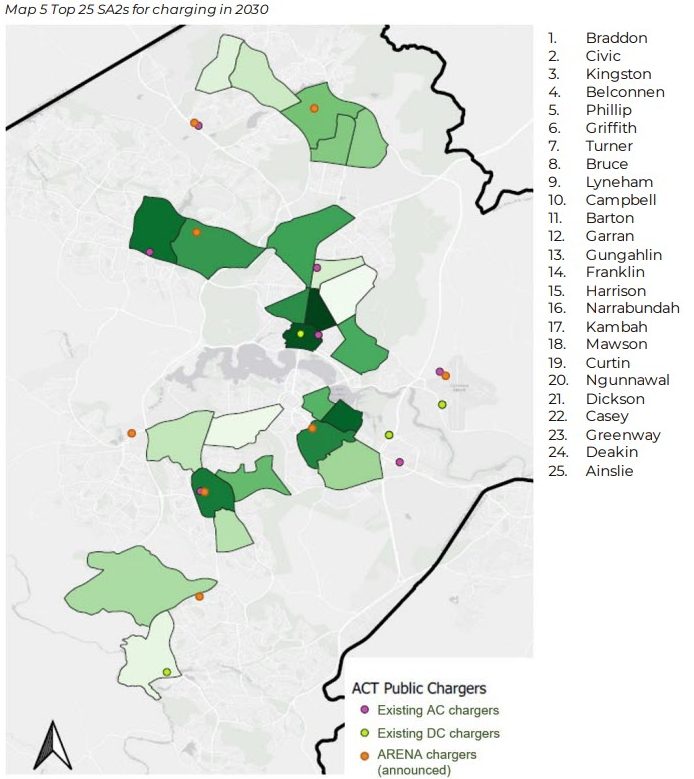
Top 25 “priority suburbs” for public charging. Photo: Screenshot.
So no, Tuggeranong and Gungahlin aren’t top of the list, but not for the reasons you might think.
